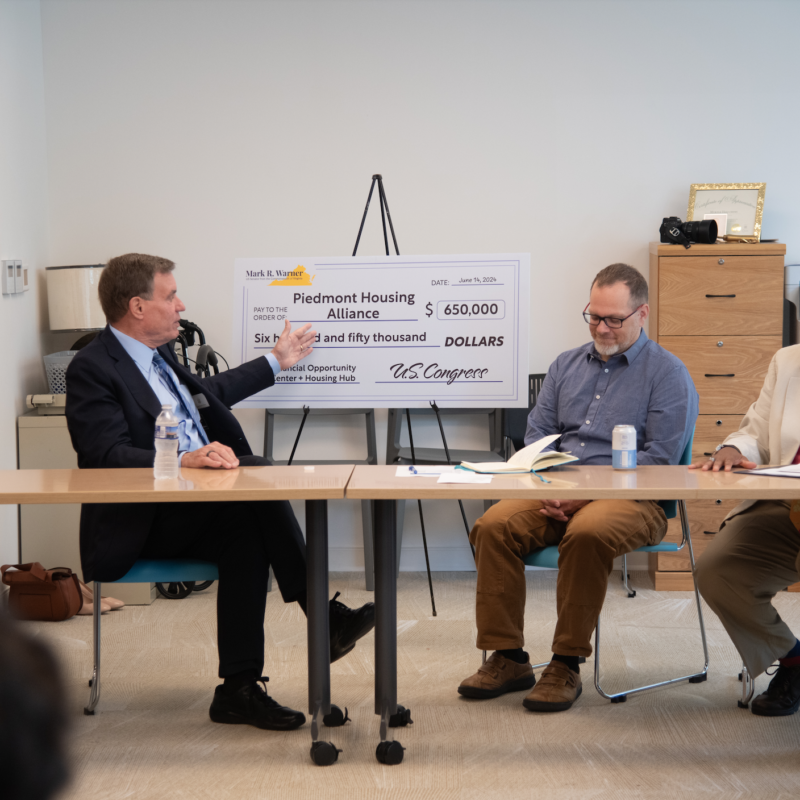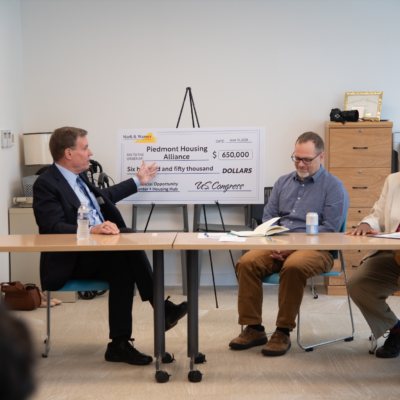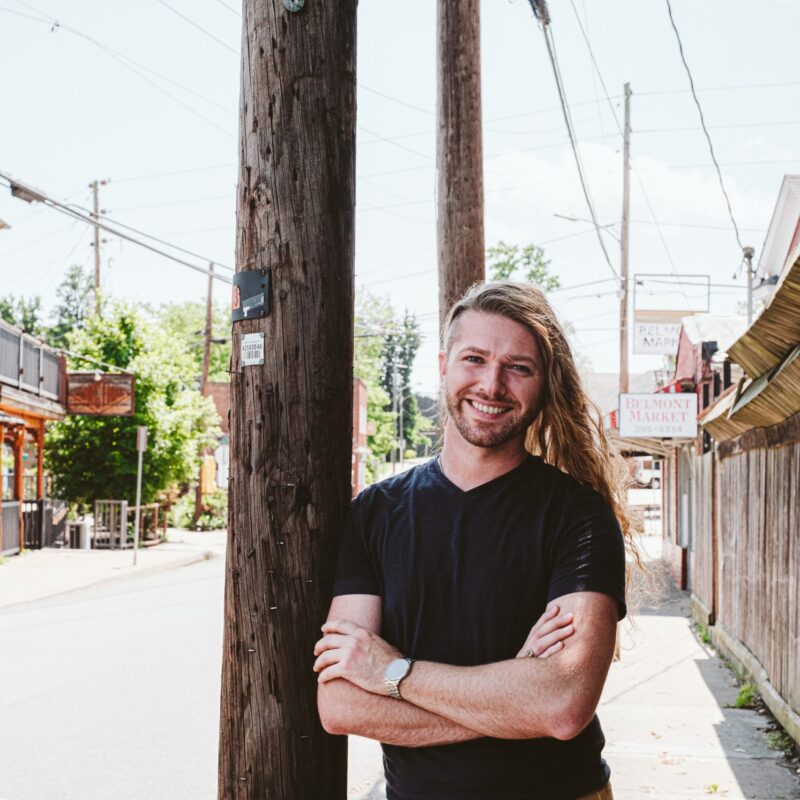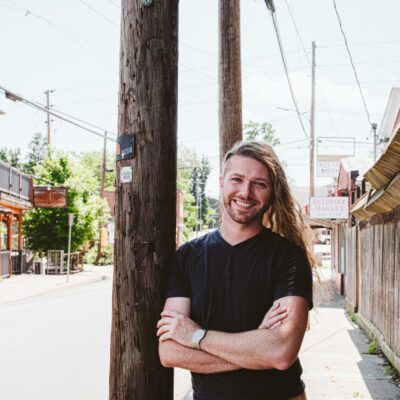When we were young and studied science in textbooks, there was a clarity to the images on the pages: cells dividing, electrons spinning. The facts of the world seemed just that—facts. What Dean Dass’ new show examines is the idea that clarity and facts are illusions, or at least mutable. Taking old textbook pages, scanning them and reprinting on handmade paper, then staining and manipulating the prints, Dass unsettles everything—images, the surfaces that support them and the way they’re understood.
To view these pieces in sequence is to first encounter images paired with text: for example, billowing smoke labeled “giant co-ignimbrite plume of the May 18, 1980 eruption of Mt. St. Helens.” There is a “boiling river” in Iceland, pyroclastic flows, craters and rocks. And certainly the finer effects resulting from Dass’ process are evident here, but still in tension with the ironic presence of the text, as in the caption “Great Geysir getting ready to erupt.” The odd spelling, the fonts, the quality of the photos are all suggestive of history and outdatedness.
As you move along, though, the text drops away, and the upheavals in the photos and the upheavals in the artmaking begin to fuse most intriguingly. (There may be an occasional small letter “b,” as in example “b,” still attached to an image here or there.) “Light Through Clouds” is almost totally abstract, with fine textures and fogs roiling in and out of each other, and it suggests weather, soil and the darkroom all at once. The rich colors and textures in these pieces don’t fight with irony; they just make it, somehow, secondary.
“Pink Clouds” retains a readable image of a plume of smoke, but it gives way to a large, pale-pink bubble shape, applied by Dass, that sits on the surface of the paper and is outlined in a beautiful, thin pink rim. The bubble chips and streaks here and there, itself a 3D object, but our eyes keep wanting to go into the 3D “space” of the photograph. So the eruption itself, the photo, the mass-produced textbook, and the making of a unique art object all end up beautifully layered, shimmering and weaving together. And there are what seem to be fingerprints along the bottom of the print: another layer of process and intention, potentially unsettled.





